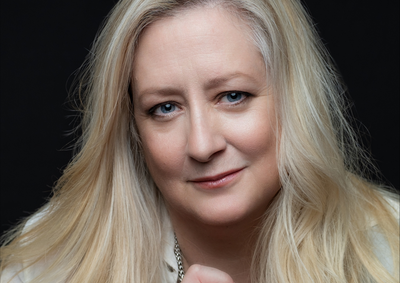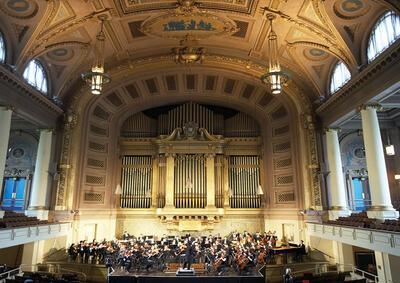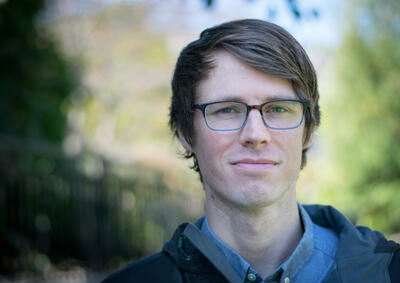Organs and Pianos at Yale, but No Dueling Keyboards
By PHILLIP LUTZ
New York Times
SIMON PRESTON, an organist with a wit as dry as his talent is prodigious, had just concluded a solo concert in Yale University’s Woolsey Hall last November when he was asked to draw a broad comparison between the hall’s monumental Newberry Memorial Organ — on which he had rendered Bach, Mozart, Liszt and Olivier Messiaen to sustained applause — and the other great organs he had played.
“This one works,” he said.
Mr. Preston, whose 50-year career has included appointments at Westminster Abbey and Christ Church Oxford, was smiling as he answered the question. But for all its humor, his answer was no throwaway, either as an assessment of the prized and pampered Newberry organ or as a metaphor for Yale’s keyboard programming in general — a comprehensive and, at times, challenging series of organ and piano recitals.
By the time the season is over in April, Great Organ Music at Yale, the primary vehicle for producing organ concerts under the Institute of Sacred Music, is to have presented six concerts, featuring the work of composers from the late-Renaissance Dutchman Jan Pieterszoon Sweelinck to the French modernists Marcel Dupré and his student, Messiaen.
At the same time, the Horowitz Piano Series, a parallel set of concerts run by the School of Music’s piano department, by the time it finishes in March, is to have presented eight shows, offering works by composers from Mozart to Martin Bresnick. A Yale faculty member, Mr. Bresnick has written a new piece that Robert Blocker, the dean of the School of Music, will perform in the season-closing show.
Mr. Blocker’s decision to include the Bresnick piece, “Extrana Devocion” — a processional inspired by a Goya etching — reflects a penchant for ambitious composition in the programming. The piece, as described by Mr. Bresnick in an e-mail, weaves “gentle sonorities, deliberate tempo and dreamlike realistic form” in an attempt to suggest the etching “in a vivid, unrestrained and compelling way.”
The airing of the piece, in the context of the program as a whole, also constitutes something of a rebuttal to those who argue that a bill of fare should not be entirely composed of miniatures. Despite its relative brevity — Mr. Bresnick put its running time at six and a half minutes — the piece will fit squarely among the set’s other selections, short works by Brahms, Schumann and another Yale composer, Ezra Laderman, among others.
Over the course of the series, extended works are to balance Mr. Blocker’s miniatures — among them the “Hammerklavier,” perhaps the knottiest of the late Beethoven sonatas, which Hung-Kuan Chen is to take on next month.
Advocacy of a sort drives most programming choices — and those in the piano series are no exception. Wei-Yi Yang said he became enamored of Schubert’s Sonata in A major as a student at the School of Music a decade ago. Now a professor there, he is to revisit the piece this month — a decision, he said, driven by a desire to promote Schubert’s later sonatas, which are “unjustly underrepresented in the context of concert programming.” Boris Berman, who directs the Horowitz series, said his decision to place Brahms and Schoenberg side by side in his season-opening recital last October was made in good measure to highlight the composers’ connections and paint a coherent picture of the Viennese milieu in which they operated.…





